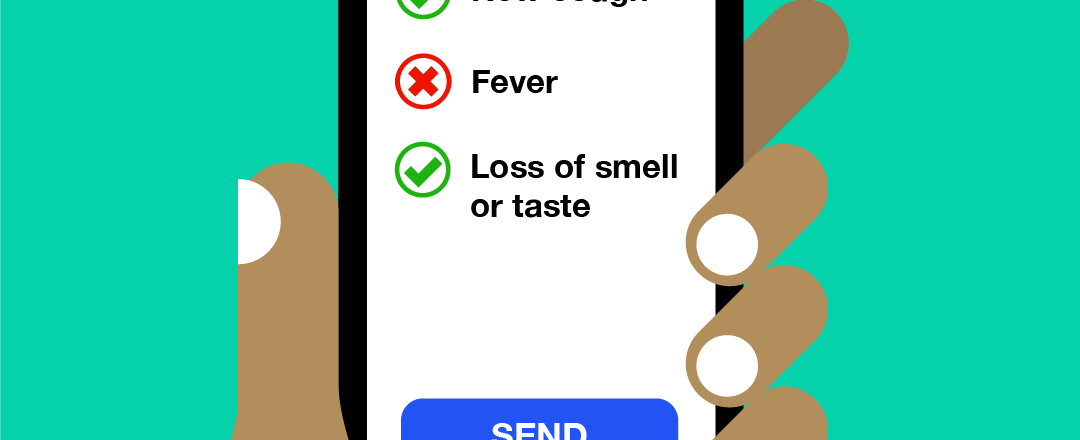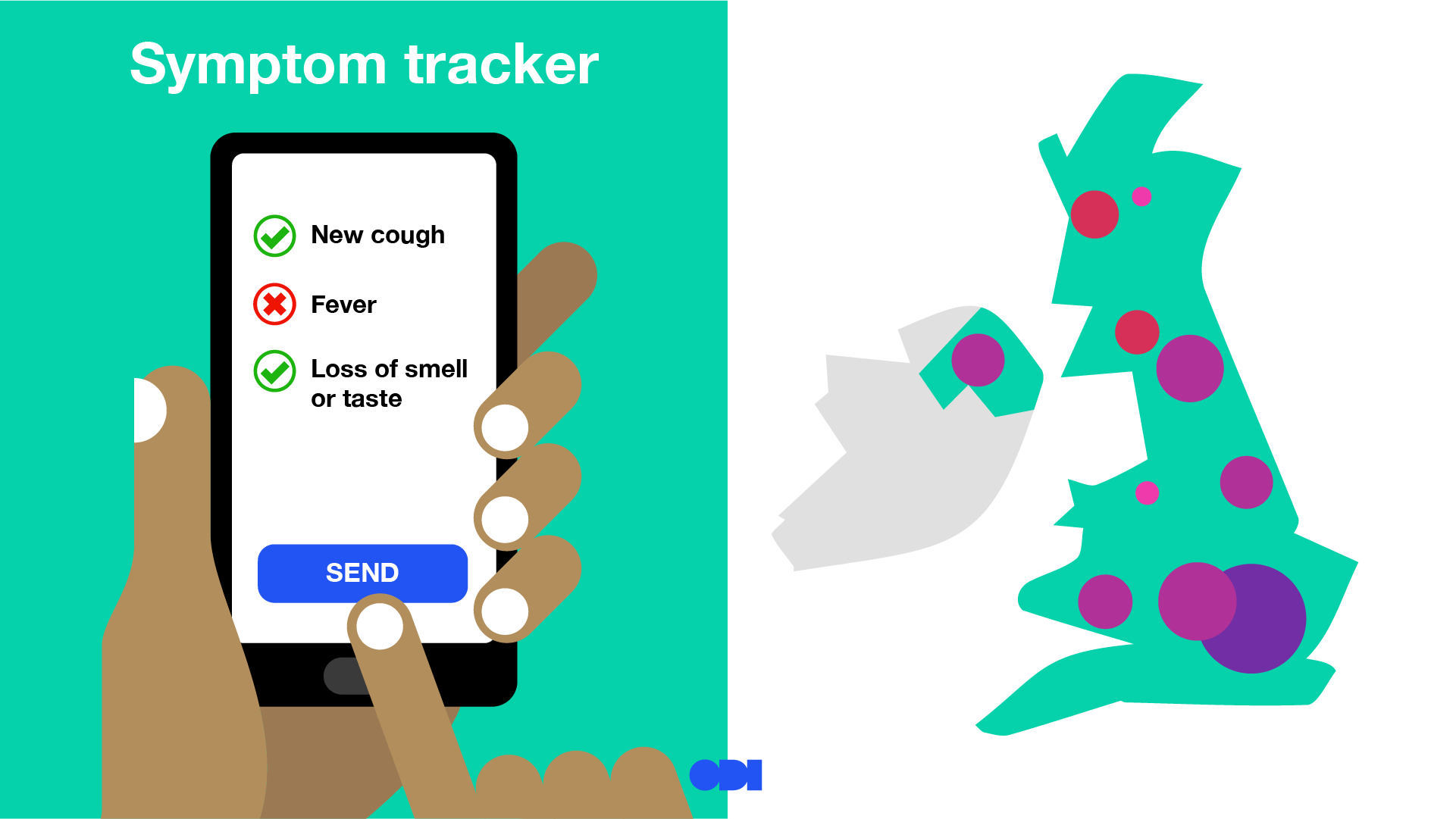
We are conducting some rapid research to better understand the app ecosystem; who is doing what and where. We’ll focus not only on how the data is being collected, used and stewarded now, but also what will happen when the pandemic subsides
In April we launched a project, funded by Luminate, to provide guidance and support to make the data, models and software being used to address the coronavirus pandemic as open as possible, while building and maintaining trust and working towards a future where data works for everyone.
We received a wealth of responses and developed a series of guides to help with the frequently asked questions relating to data and Covid-19.
Following our initial research, we have decided that an important area to now focus on is symptom tracking.
What is a symptom tracker?
We produced an explainer earlier in the (UK) lockdown.
Simply put, a symptom tracking app helps you monitor and track the symptoms of Covid-19. For example, it helps people work out if they have Covid-19, and if enough people use the apps, they can help researchers to identify where new outbreaks are located and prepare local health services for a possible influx of new patients.

How we’ve helped a symptom tracking project
You may have read our blog about the work we have already completed with the symptom tracking app TrackTogether. They have been great to work with and we have already helped them release some open data from their app. But we want to do more to help symptom trackers nationally and internationally, as well as TrackTogether.
Learn more about how we’ve worked with TrackTogether over the last three months:
What are we planning to do?
Symptom tracking apps are not limited by national borders, so while the response to Covid-19 has been managed by geography and jurisdiction it is better to think more holistically about the app ecosystem. To do this we are going to be conducting some rapid research into understanding the international app ecosystem; who is doing what and where. We want to think about how the data is being collected, used and stewarded now, but also what will happen when the pandemic subsides? What is the plan for the data, and how may it be used in the future?
We also want to think about how data from multiple apps gets usefully brought together. We have advocated the use of data standards as a key part of the data infrastructure but we also wanted to think about how other digital techniques can be used to bring disparate data together in a way that makes it usable for many purposes. We are planning on doing this in the open, seeking input, advice and validation from the community. This is first document we are working on.
We intend to build on our previous work on the Open Standards for Data to explain when they are most appropriate and when other approaches are equally valid.
Finally, we are going to continue to work with our friends at TrackTogether to help them with their aim of working as much as possible in the open to start developing a more formal community between the symptom tracker apps.
If you are involved in symptom-tracking apps, or if you have data which could be used to help address Covid-19, data that may be valuable in helping us to live in lockdown or help with the decisions needed to get societies moving again, please get in touch with us, and please follow and engage with the #OpenDataSavesLives community online.
The ODI is expert at bringing together communities working in the same area to understand common problems and then recommending solutions to those problems. We are bringing these skills to the symptom tracking community and helping them develop sustainable approaches to enable longevity and sustainability of symptom tracking data for Covid but also potentially for other illnesses in the future.